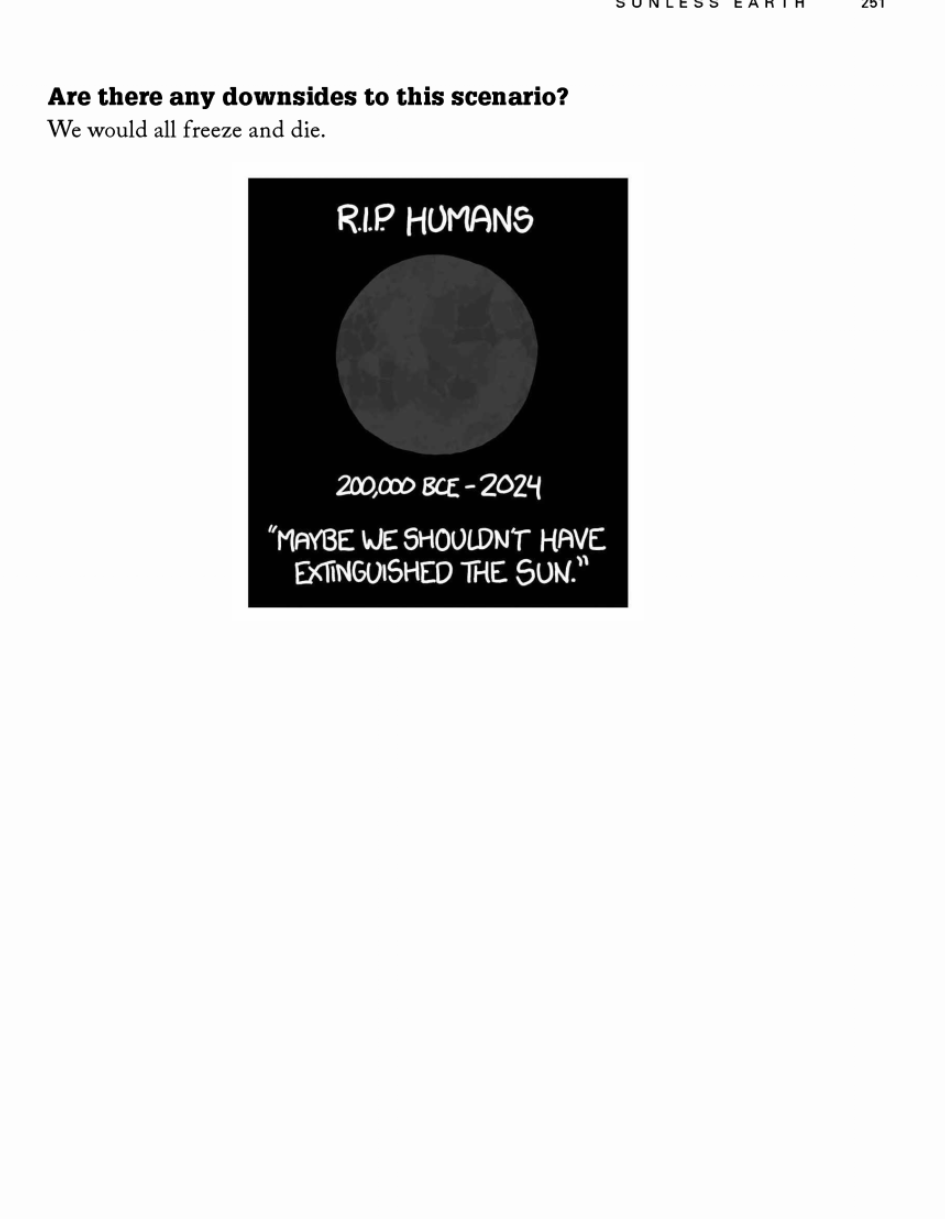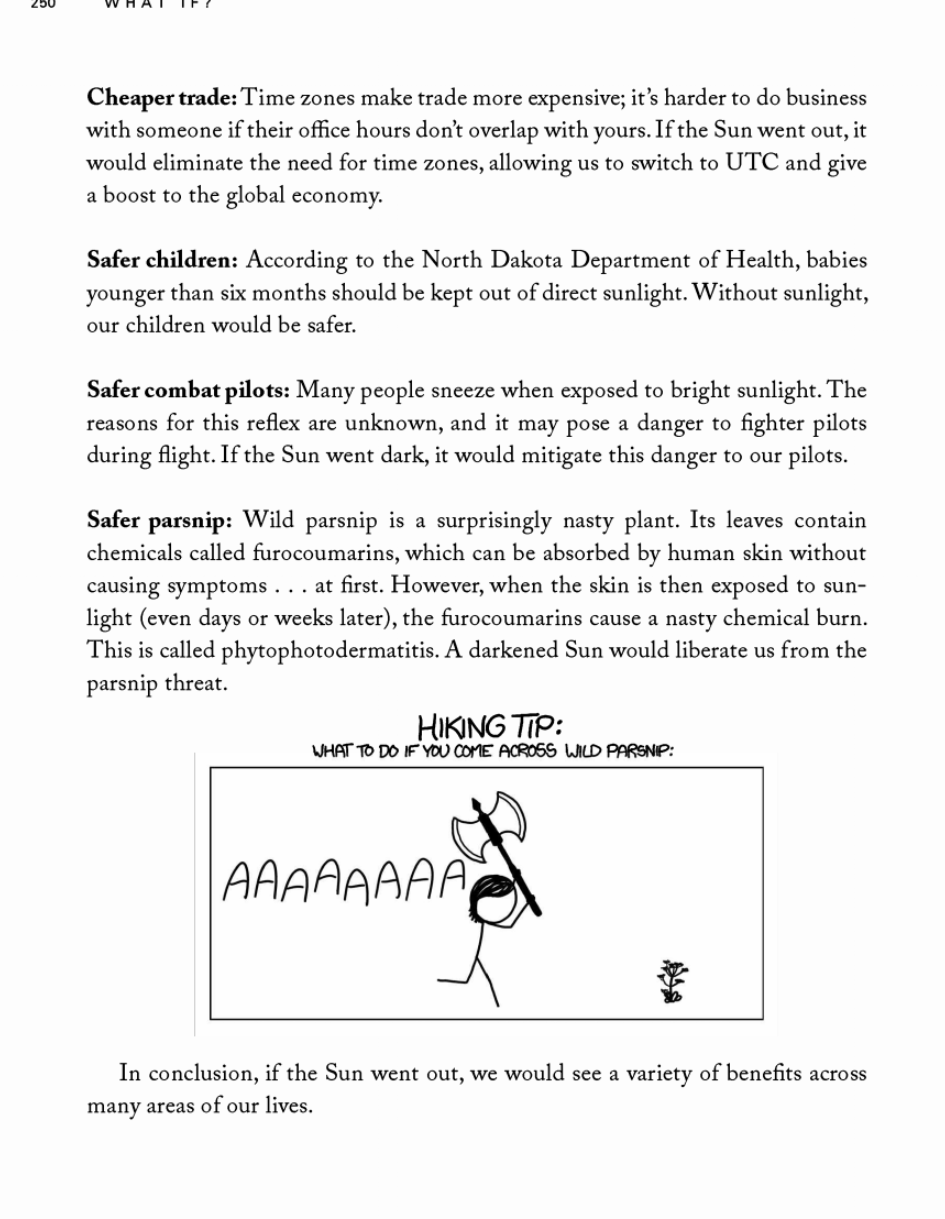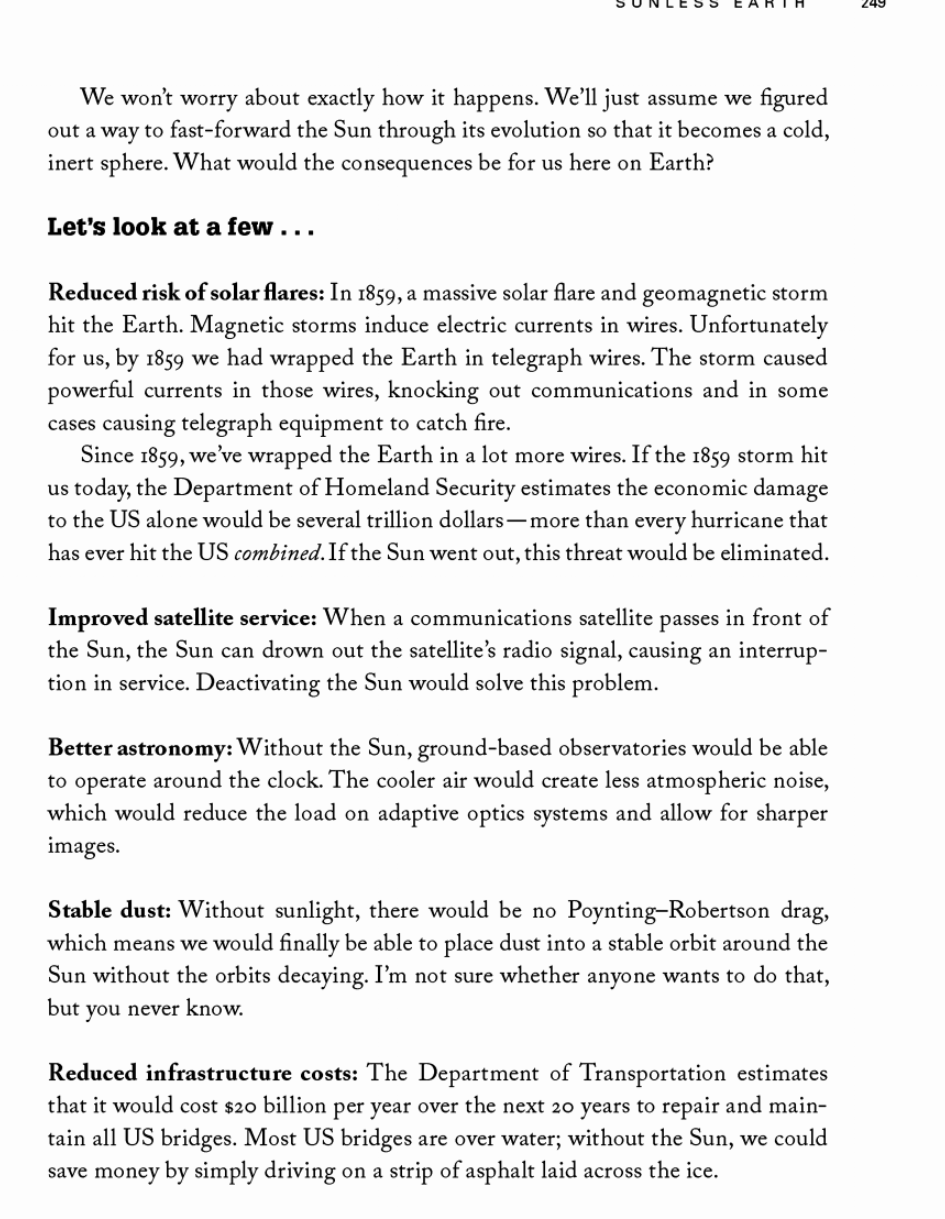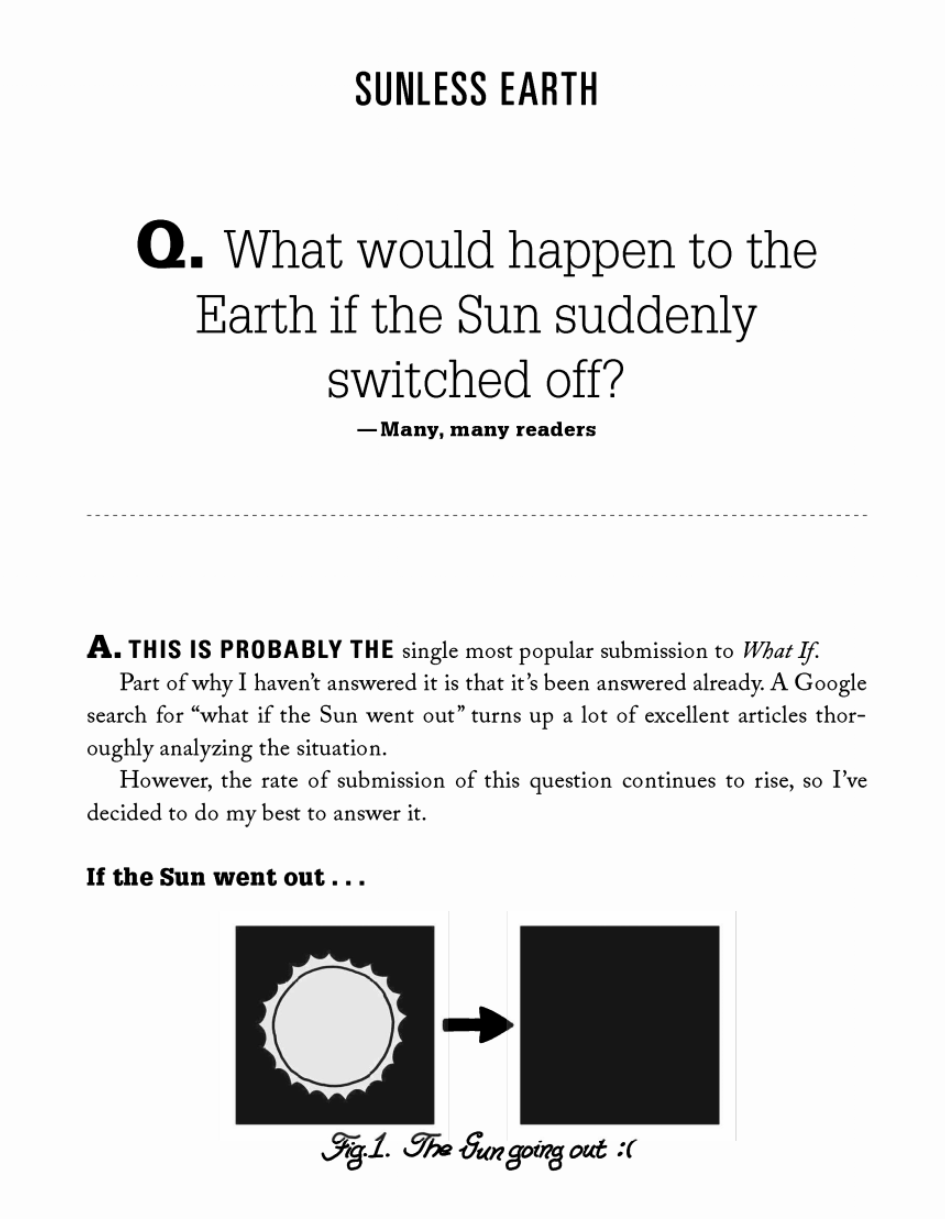PHYS 207.013
Chapter 13
gravity
Instructor: Dr. Bianco
TAs: Joey Betz; Lily Padlow
University of Delaware - Spring 2021



laws of gravity
back to uniform circular motion
circular orbits
laws of gravity
back to uniform circular motion
circular orbits
laws of gravity
back to uniform circular motion


circular orbits
laws of gravity
back to uniform circular motion


circular orbits
laws of gravity
back to uniform circular motion


circular orbits

laws of gravity
back to uniform circular motion


circular orbits
how about F = mg?
laws of gravity
back to uniform circular motion


circular orbits
Gravitational Potential Energy

circular orbits
R
Gravitational Potential Energy

circular orbits
R
escape velocity

circular orbits
R
escape velocity

circular orbits
R

if the orbit is circular
escape velocity

circular orbits
R

escape velocity

circular orbits
R

escape velocity

circular orbits
R
escape velocity

circular orbits
R
only depends on the
mass and radius of the earth!
escape velocity

circular orbits
R
only depends on the
mass and radius of the earth!
elliptical orbits
laws of gravity

1 - the orbit (of planets) are ellipses
elliptical orbits
laws of gravity

1 - the orbit (of planets) are ellipses
2 - equal areas of the ellipse (wedges) are spanned in equal time
elliptical orbits
laws of gravity

1 - the orbit (of planets) are ellipses
2 - equal areas of the ellipse (wedges) are spanned in equal time
3 -
elliptical orbits
laws of gravity

1 - the orbit (of planets) are ellipses
2 - equal areas of the ellipse (wedges) are spanned in equal time
3 -

elliptical orbits
laws of gravity

1 - the orbit (of planets) are ellipses
2 - equal areas of the ellipse (wedges) are spanned in equal time
3 -

elliptical orbits
laws of gravity

1 - the orbit (of planets) are ellipses
2 - equal areas of the ellipse (wedges) are spanned in equal time
3 -
the wedges are triangles after all
elliptical orbits
laws of gravity

1 - the orbit (of planets) are ellipses
2 - equal areas of the ellipse (wedges) are spanned in equal time
3 -
the wedges are triangles after all
elliptical orbits
laws of gravity

1 - the orbit (of planets) are ellipses
2 - equal areas of the ellipse (wedges) are spanned in equal time
3 -
the wedges are triangles after all
elliptical orbits
laws of gravity

1 - the orbit (of planets) are ellipses
2 - equal areas of the ellipse (wedges) are spanned in equal time
3 -
the wedges are triangles after all
elliptical orbits
laws of gravity

1 - the orbit (of planets) are ellipses
2 - equal areas of the ellipse (wedges) are spanned in equal time
3 -
the wedges are triangles after all
dA/dt constant means conservation of angular momentum
elliptical orbits
elliptical orbits
how far is Neptune?
d = 4,568,488,662 kilometers
c = 299,792 km/s
how much longer is the period of its orbit?
elliptical orbits
how far is Neptune?
d = 4,568,488,662 kilometers
c = 299,792 km/s
how much longer is the period of its orbit?

elliptical orbits

elliptical orbits

elliptical orbits
laws of gravity

elliptical orbits
laws of gravity

parabolic
elliptical orbits
laws of gravity

Because the velocity does not depend on the mass of the orbiting star, but only on the mass the body around which the star orbits, we can detect invisible masses by studying orbits!
The mass of the Black Hole at the center of our own Galaxy was measured

elliptical orbits
laws of gravity

Because the velocity does not depend on the mass of the orbiting star, but only on the mass the body around which the star orbits, we can detect invisible masses by studying orbits!
The mass of the Black Hole at the center of our own Galaxy was measured



Andrea Ghez is the fourth woman to win a Nobel Prize in physics (2020).
Donna Strickland won for the discovery that led to short-pulse high-intensity lasers (2018)
Maria Goeppert Mayer discoveries concerning nuclear shell structure (1963)
Marie Curie studies of the spontaneous radiation (1903)
Blach hole physics


schwarzschild radius:
c is the speed of light, and nothing can go faster!!
Blach hole physics
so nothing can escape!

schwarzschild radius:
c is the speed of light, and nothing can go faster!!
Blach hole physics
so nothing can escape!
really this is a "dark star"
to describe a black hole we need general relativity
special relativity
- The laws of physics are the same for all observers in any inertial frame of reference relative to one another (principle of relativity).
- The speed of light in a vacuum is the same for all observers, regardless of their relative motion or of the motion of the light source.
- Relativity of simultaneity: Two events, simultaneous for one observer, may not be simultaneous for another observer if the observers are in relative motion.
- Time dilation: Moving clocks are measured to tick more slowly than an observer's "stationary" clock.
- Length contraction: Objects are measured to be shortened in the direction that they are moving with respect to the observer.
- Maximum speed is finite: No physical object, message or field line can travel faster than the speed of light in a vacuum.
- Mass–energy equivalence: E = mc^2, energy and mass are equivalent
general relativity
gravity = field
gravity is not force acting at a distance but a deformation of spacetime
relativity

relativity

relativity


relativity



schwarzschild radius:
c is the speed of light, and nothing can go faster!!
relativistic black hole
so nothing can escape!
time slows to infinity!

schwarzschild radius:
c is the speed of light, and nothing can go faster!!
relativistic black hole
so nothing can escape!
time slows to infinity!

what would happen if....
the sun turned into a black whole??
Hydrostatic Equilibrium
Hydrostatic Equilibrium


Gravity is pushing in
Nuclear reaction push out
Gravity is pushing in
H->He->C->N->O->…Fe
Hydrostatic Equilibrium
Nuclear reactions push the star outward
Nuclear reactions push the star outward

Elements up to iron are forged in star cores.
Iron is so tightly bound that it absorbs energy instead of generating it in fusion : temperature drops instead of rising, gravitational pressure wins
I. we are made of star dust




high initial mass
8-100 MSun
live fast and die in spectacular explosions
lives of stars



….. live to be old and die peacefully by slowly cooling down

low initial mass
0.1-8 MSun
lives of stars
What is the radius of a BH the mass of the Sun?
you can derive it from the escape velocity formula and c=3x10^8 m/s
what would happen if....
the sun turned into a black whole??




